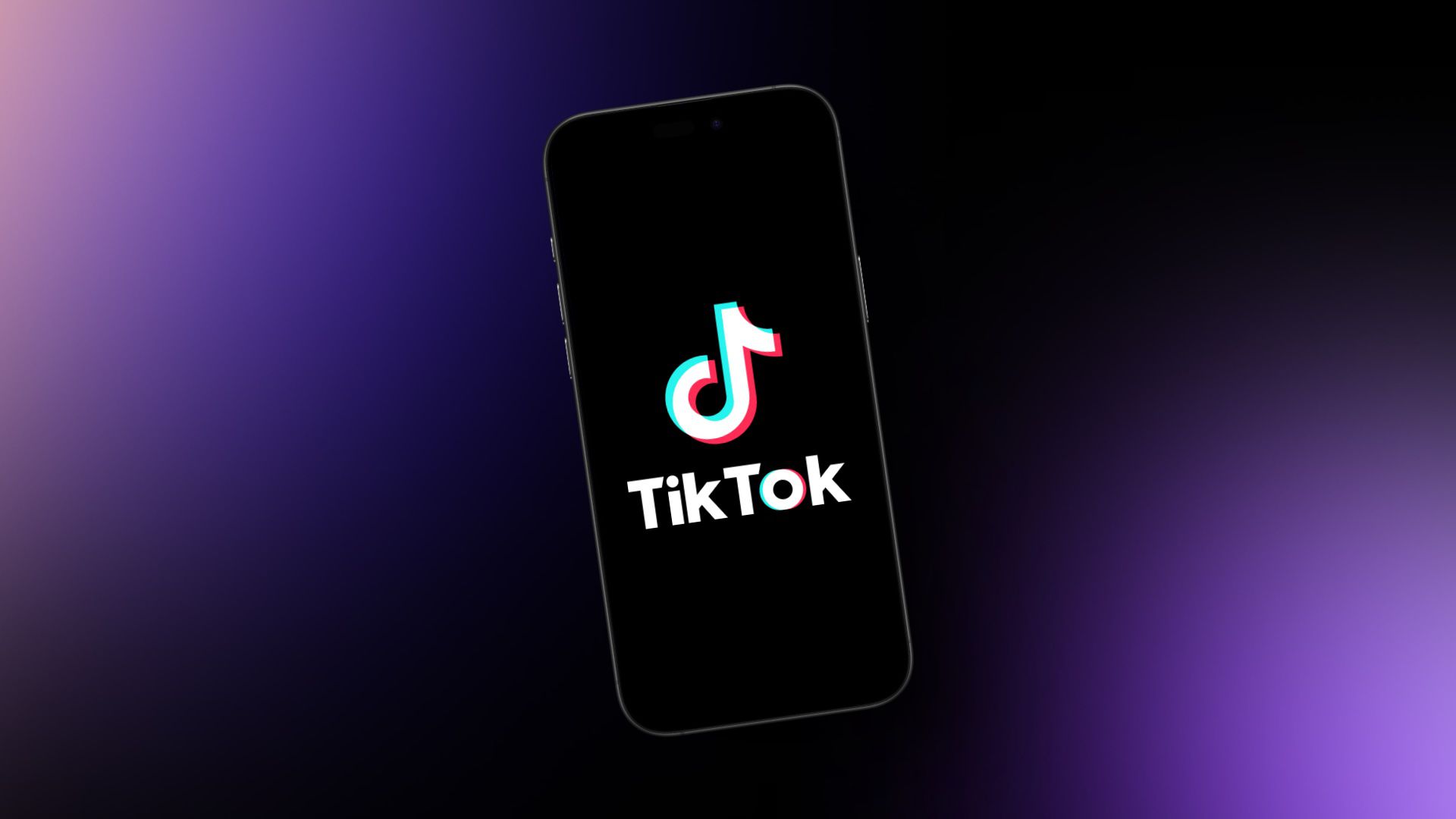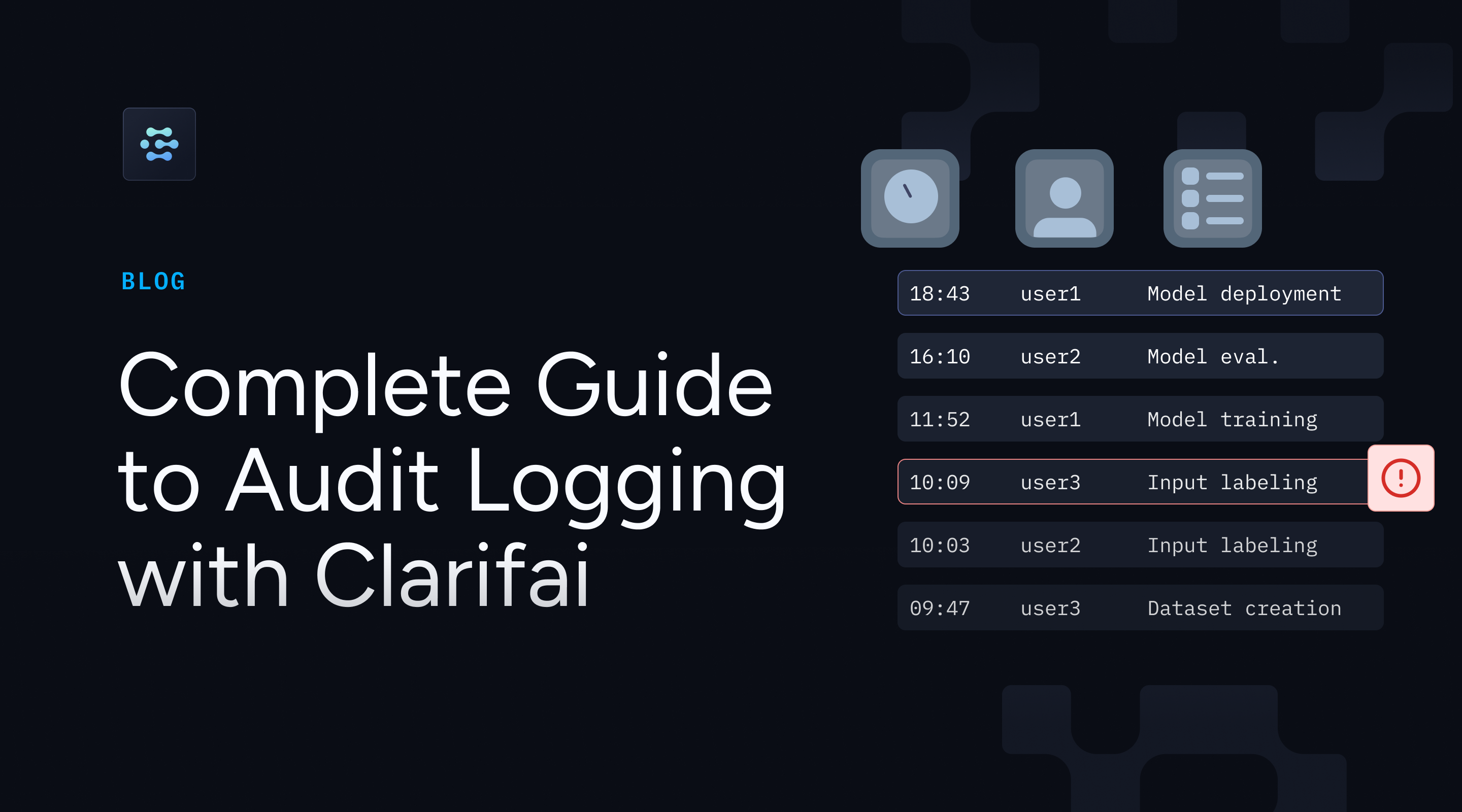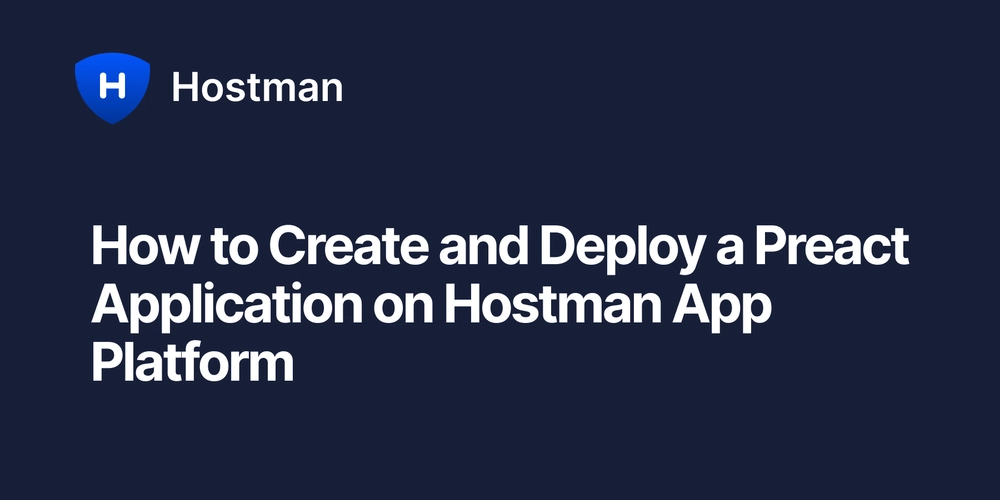How to Use APIs in Your Applications
How to Use APIs in Your Applications APIs (Application Programming Interfaces) are the backbone of modern software development. They allow different applications to communicate, share data, and extend functionality without requiring developers to build everything from scratch. Whether you're fetching weather data, integrating payment gateways, or automating social media posts, APIs make it possible. In this guide, we'll explore how to use APIs in your applications effectively, covering everything from authentication to best practices. Plus, if you're looking to grow your YouTube channel, tools like MediaGeneous can help streamline your content strategy. What is an API? An API is a set of protocols and tools that allows different software systems to interact. It defines how requests and responses should be structured, enabling seamless data exchange. APIs can be: RESTful APIs – Use HTTP requests (GET, POST, PUT, DELETE) and return JSON/XML. GraphQL APIs – Allow clients to request only the data they need. WebSocket APIs – Enable real-time bidirectional communication. SOAP APIs – Older protocol using XML for structured messaging. For most modern applications, REST and GraphQL are the preferred choices. How to Use an API in Your Application 1. Find an API Before integrating an API, you need one that suits your needs. Some popular API directories include: RapidAPI (Marketplace for APIs) Public APIs (A curated list of free APIs) Postman API Network (Discover and test APIs) For example, if you need weather data, you might use the OpenWeatherMap API. 2. Get an API Key Most APIs require authentication via an API key, OAuth, or JWT tokens. For OpenWeatherMap, you’d sign up and get a free API key. javascript Copy Download const API_KEY = "your_api_key_here"; const API_URL = `https://api.openweathermap.org/data/2.5/weather?q=London&appid=${API_KEY}`; 3. Make API Requests You can fetch data using fetch in JavaScript, axios, or requests in Python. JavaScript Example (Fetch API) javascript Copy Download fetch(API_URL) .then(response => response.json()) .then(data => console.log(data)) .catch(error => console.error("Error fetching data:", error)); Python Example (Requests Library) python Copy Download import requests response = requests.get(API_URL) data = response.json() print(data) 4. Handle API Responses APIs return structured data (usually JSON). You’ll need to parse and use it in your app. javascript Copy Download fetch(API_URL) .then(response => response.json()) .then(data => { const temperature = data.main.temp; console.log(`Current temperature: ${temperature}°K`); }); 5. Error Handling APIs can fail due to rate limits, network issues, or invalid requests. Always handle errors gracefully. javascript Copy Download fetch(API_URL) .then(response => { if (!response.ok) throw new Error("Network response was not ok"); return response.json(); }) .catch(error => console.error("API Error:", error)); Best Practices for Using APIs 1. Use Rate Limiting APIs often have request limits (e.g., 1000 calls/hour). Avoid hitting these limits by caching responses or implementing retry logic. 2. Secure Your API Keys Never expose API keys in client-side code. Use environment variables or backend proxies. javascript Copy Download // Use environment variables (e.g., in a .env file) const API_KEY = process.env.OPENWEATHER_API_KEY; 3. Optimize API Calls Batching: Combine multiple requests into one. Pagination: Fetch data in chunks if the API supports it. Caching: Store responses to reduce redundant calls. 4. Follow API Documentation Always refer to the official API docs for endpoint structures, authentication, and usage limits. Real-World API Use Cases 1. Social Media Automation APIs like Twitter’s or Facebook’s allow posting, fetching analytics, and managing accounts programmatically. 2. Payment Processing Stripe, PayPal, and Square provide APIs for secure transactions. javascript Copy Download // Stripe payment example const stripe = require('stripe')('your_stripe_key'); const paymentIntent = await stripe.paymentIntents.create({ amount: 1000, // $10.00 currency: 'usd', }); 3. AI & Machine Learning APIs like OpenAI’s GPT or Google’s Vision AI enable powerful AI integrations. python Copy Download import openai response = openai.ChatCompletion.create( model="gpt-4", messages=[{"role": "user", "content": "Explain APIs in simple terms"}] ) print(response.choices[0].message.content) Conclusion APIs empower developers to build feature-rich applications without reinventing the wheel. By following best practices—securing keys, handling errors, and optimizing requests—you can integrate APIs efficiently. If you're also working on growing your YouTube presence, too

How to Use APIs in Your Applications
APIs (Application Programming Interfaces) are the backbone of modern software development. They allow different applications to communicate, share data, and extend functionality without requiring developers to build everything from scratch. Whether you're fetching weather data, integrating payment gateways, or automating social media posts, APIs make it possible.
In this guide, we'll explore how to use APIs in your applications effectively, covering everything from authentication to best practices. Plus, if you're looking to grow your YouTube channel, tools like MediaGeneous can help streamline your content strategy.
What is an API?
An API is a set of protocols and tools that allows different software systems to interact. It defines how requests and responses should be structured, enabling seamless data exchange. APIs can be:
-
RESTful APIs – Use HTTP requests (GET, POST, PUT, DELETE) and return JSON/XML.
-
GraphQL APIs – Allow clients to request only the data they need.
-
WebSocket APIs – Enable real-time bidirectional communication.
-
SOAP APIs – Older protocol using XML for structured messaging.
For most modern applications, REST and GraphQL are the preferred choices.
How to Use an API in Your Application
1. Find an API
Before integrating an API, you need one that suits your needs. Some popular API directories include:
-
RapidAPI (Marketplace for APIs)
-
Public APIs (A curated list of free APIs)
-
Postman API Network (Discover and test APIs)
For example, if you need weather data, you might use the OpenWeatherMap API.
2. Get an API Key
Most APIs require authentication via an API key, OAuth, or JWT tokens. For OpenWeatherMap, you’d sign up and get a free API key.
javascript
Copy
Download
const API_KEY = "your_api_key_here"; const API_URL = `https://api.openweathermap.org/data/2.5/weather?q=London&appid=${API_KEY}`;
3. Make API Requests
You can fetch data using fetch in JavaScript, axios, or requests in Python.
JavaScript Example (Fetch API)
javascript
Copy
Download
fetch(API_URL) .then(response => response.json()) .then(data => console.log(data)) .catch(error => console.error("Error fetching data:", error));
Python Example (Requests Library)
python
Copy
Download
import requests response = requests.get(API_URL) data = response.json() print(data)
4. Handle API Responses
APIs return structured data (usually JSON). You’ll need to parse and use it in your app.
javascript
Copy
Download
fetch(API_URL) .then(response => response.json()) .then(data => { const temperature = data.main.temp; console.log(`Current temperature: ${temperature}°K`); });
5. Error Handling
APIs can fail due to rate limits, network issues, or invalid requests. Always handle errors gracefully.
javascript
Copy
Download
fetch(API_URL) .then(response => { if (!response.ok) throw new Error("Network response was not ok"); return response.json(); }) .catch(error => console.error("API Error:", error));
Best Practices for Using APIs
1. Use Rate Limiting
APIs often have request limits (e.g., 1000 calls/hour). Avoid hitting these limits by caching responses or implementing retry logic.
2. Secure Your API Keys
Never expose API keys in client-side code. Use environment variables or backend proxies.
javascript
Copy
Download
// Use environment variables (e.g., in a .env file) const API_KEY = process.env.OPENWEATHER_API_KEY;
3. Optimize API Calls
-
Batching: Combine multiple requests into one.
-
Pagination: Fetch data in chunks if the API supports it.
-
Caching: Store responses to reduce redundant calls.
4. Follow API Documentation
Always refer to the official API docs for endpoint structures, authentication, and usage limits.
Real-World API Use Cases
1. Social Media Automation
APIs like Twitter’s or Facebook’s allow posting, fetching analytics, and managing accounts programmatically.
2. Payment Processing
Stripe, PayPal, and Square provide APIs for secure transactions.
javascript
Copy
Download
// Stripe payment example const stripe = require('stripe')('your_stripe_key'); const paymentIntent = await stripe.paymentIntents.create({ amount: 1000, // $10.00 currency: 'usd', });
3. AI & Machine Learning
APIs like OpenAI’s GPT or Google’s Vision AI enable powerful AI integrations.
python
Copy
Download
import openai response = openai.ChatCompletion.create( model="gpt-4", messages=[{"role": "user", "content": "Explain APIs in simple terms"}] ) print(response.choices[0].message.content)
Conclusion
APIs empower developers to build feature-rich applications without reinventing the wheel. By following best practices—securing keys, handling errors, and optimizing requests—you can integrate APIs efficiently.
If you're also working on growing your YouTube presence, tools like MediaGeneous can help enhance your channel’s reach.
Now that you understand how APIs work, start experimenting with different APIs and see how they can enhance your projects!

_sleepyfellow_Alamy.jpg?width=1280&auto=webp&quality=80&disable=upscale#)







































































![watchOS 26 May Bring Third-Party Widgets to Control Center [Report]](https://www.iclarified.com/images/news/97520/97520/97520-640.jpg)

![AirPods Pro 2 On Sale for $169 — Save $80! [Deal]](https://www.iclarified.com/images/news/97526/97526/97526-640.jpg)













































































































_Michael_Vi_Alamy.jpg?width=1280&auto=webp&quality=80&disable=upscale#)


















































































































![[The AI Show Episode 151]: Anthropic CEO: AI Will Destroy 50% of Entry-Level Jobs, Veo 3’s Scary Lifelike Videos, Meta Aims to Fully Automate Ads & Perplexity’s Burning Cash](https://www.marketingaiinstitute.com/hubfs/ep%20151%20cover.png)












































































































![[FREE EBOOKS] Solutions Architect’s Handbook, Continuous Testing, Quality, Security, and Feedback & Four More Best Selling Titles](https://www.javacodegeeks.com/wp-content/uploads/2012/12/jcg-logo.jpg)


















































![From electrical engineering student to CTO with Hitesh Choudhary [Podcast #175]](https://cdn.hashnode.com/res/hashnode/image/upload/v1749158756824/3996a2ad-53e5-4a8f-ab97-2c77a6f66ba3.png?#)





























































































